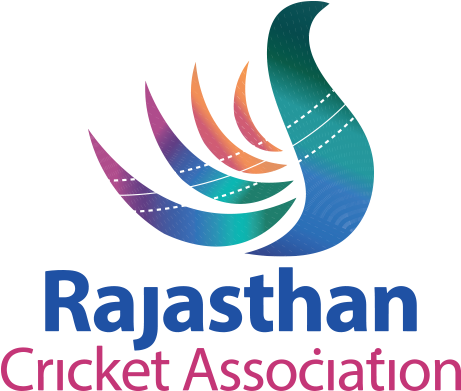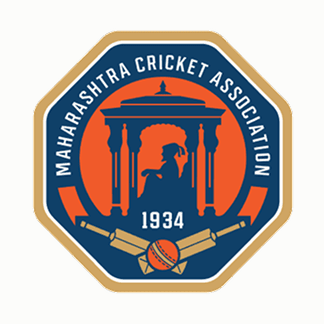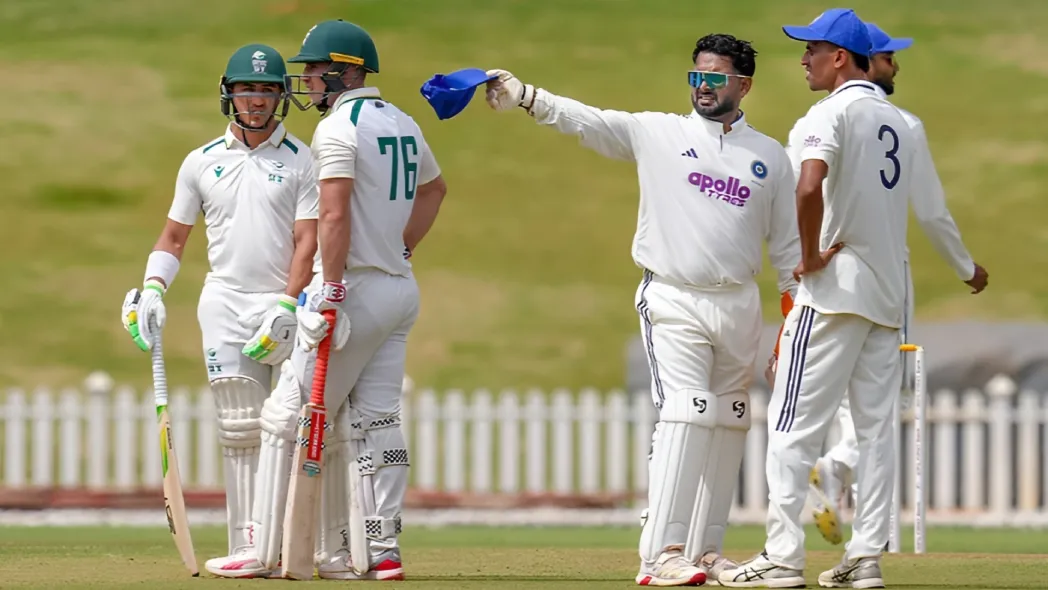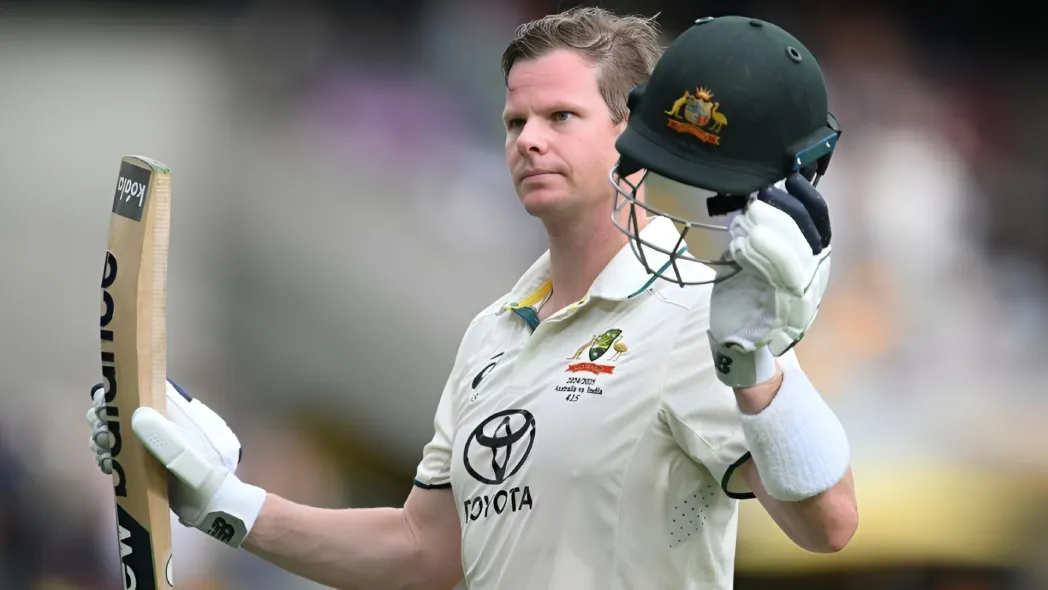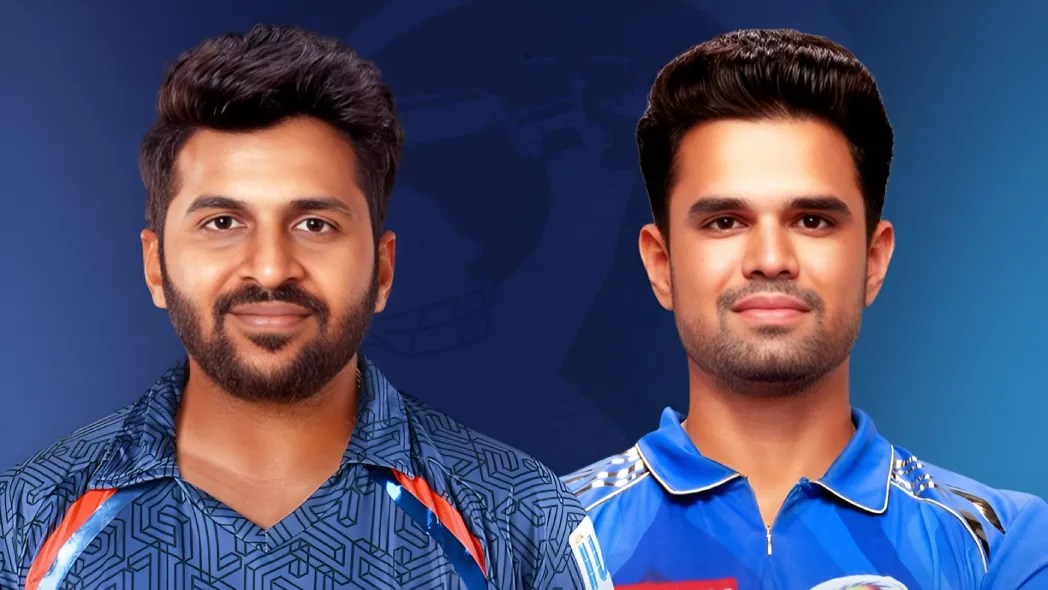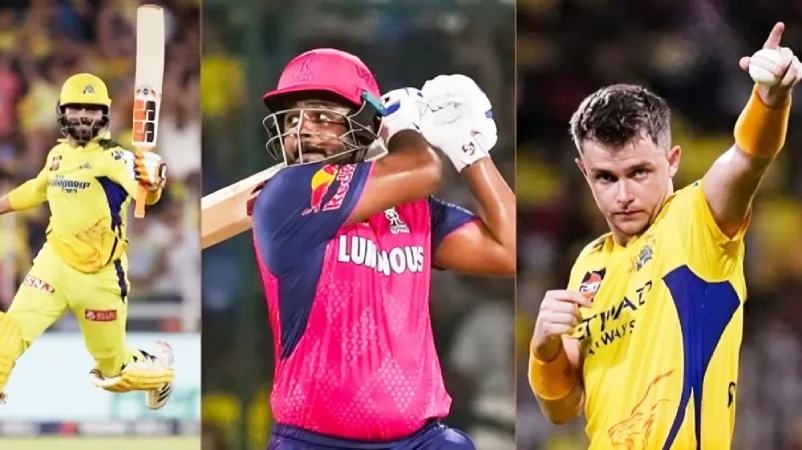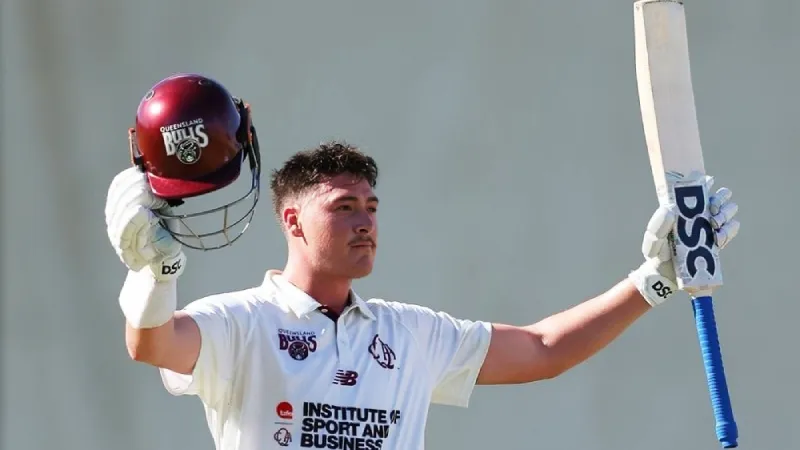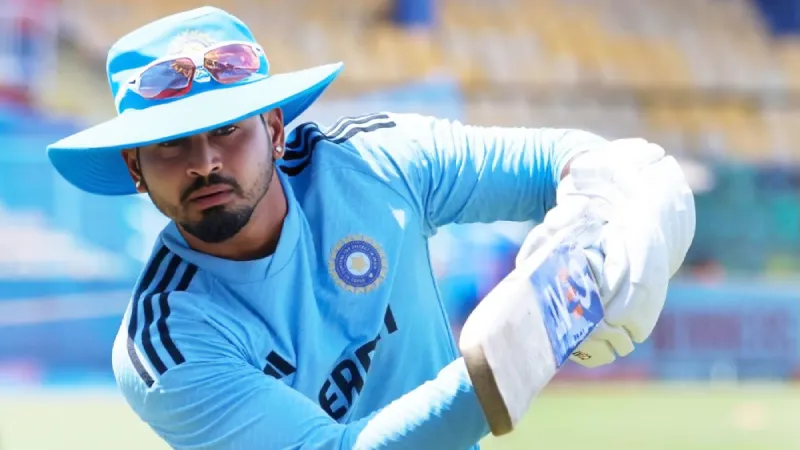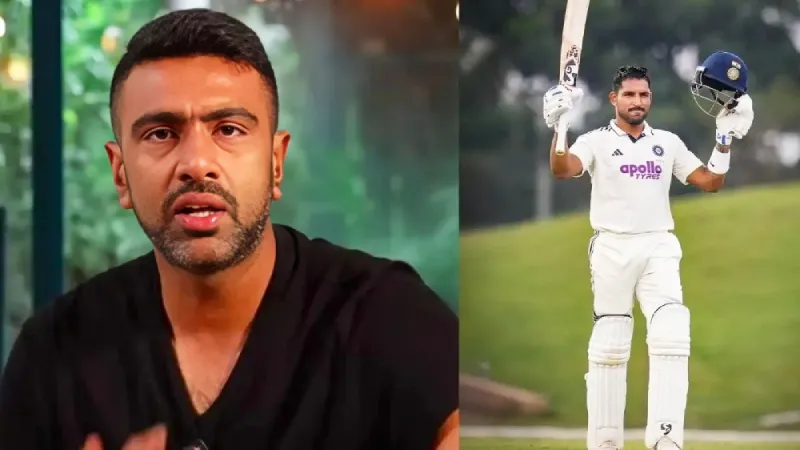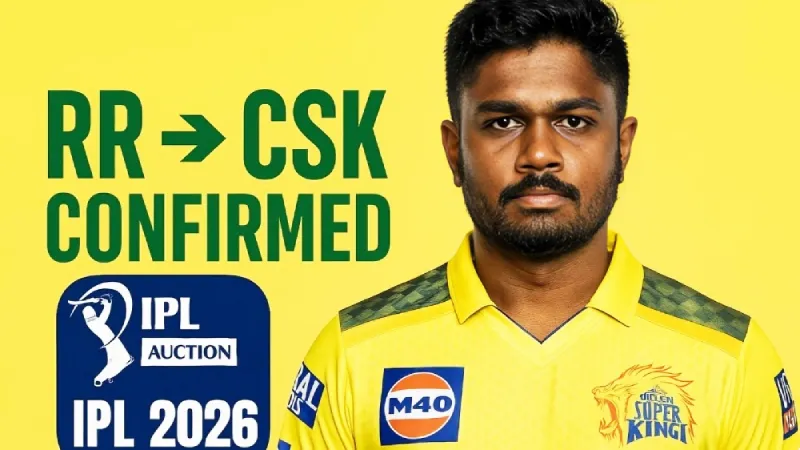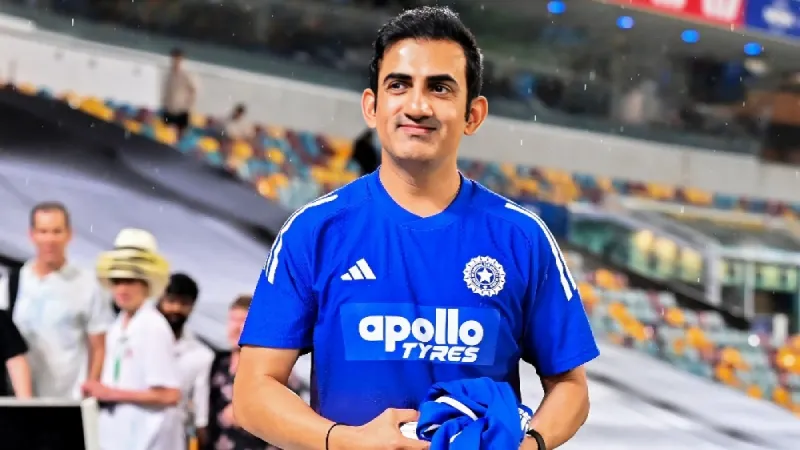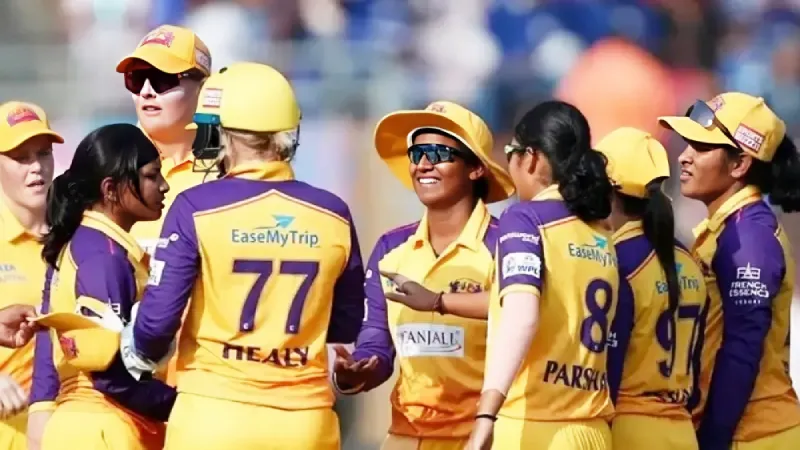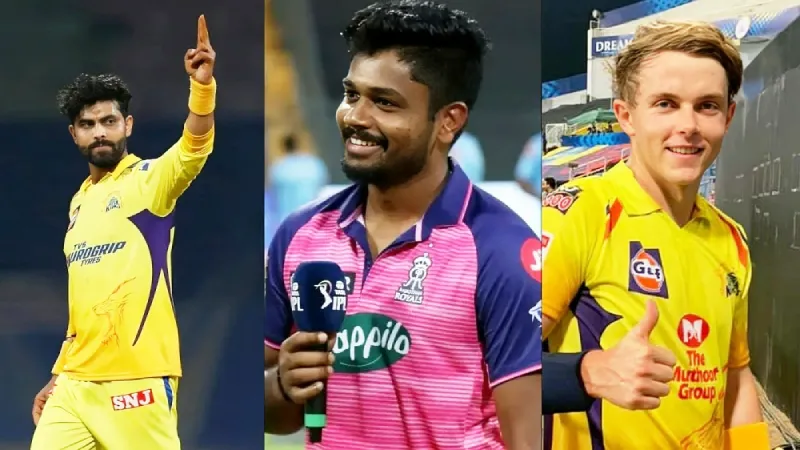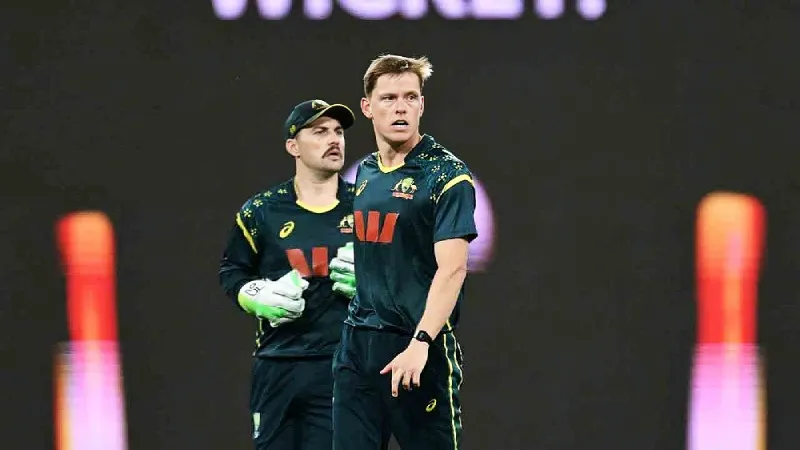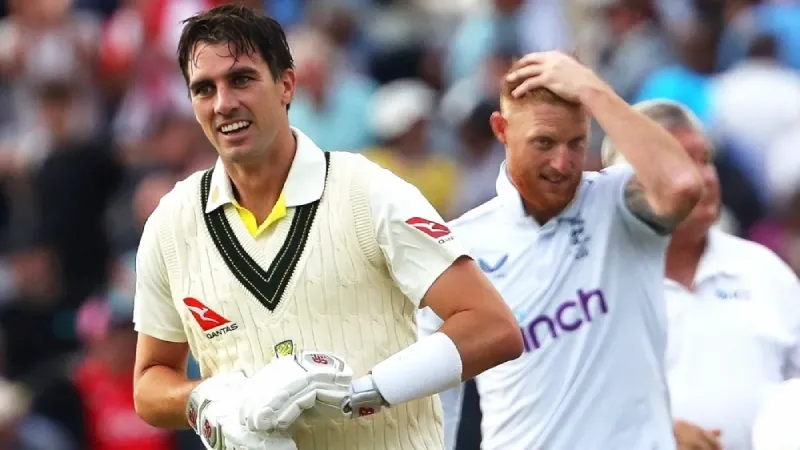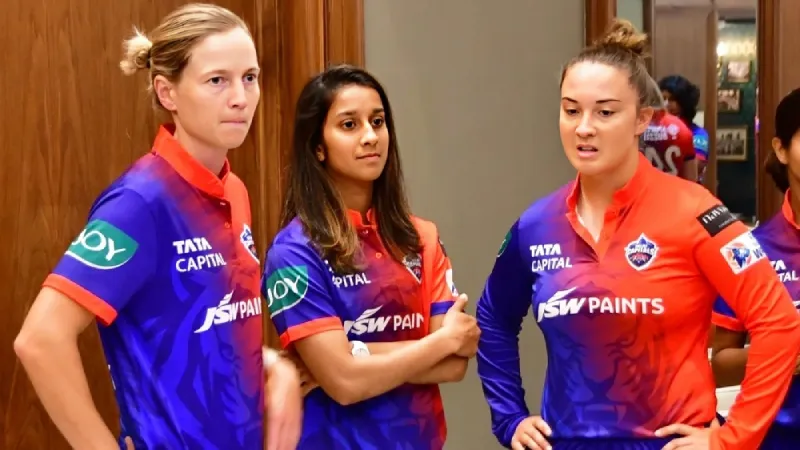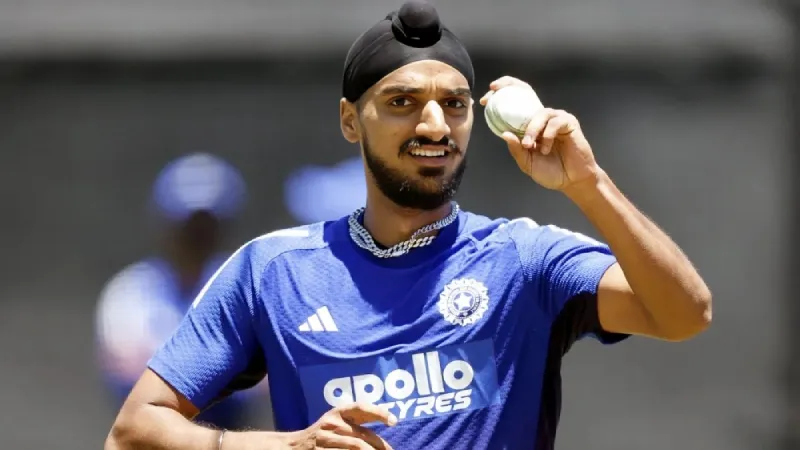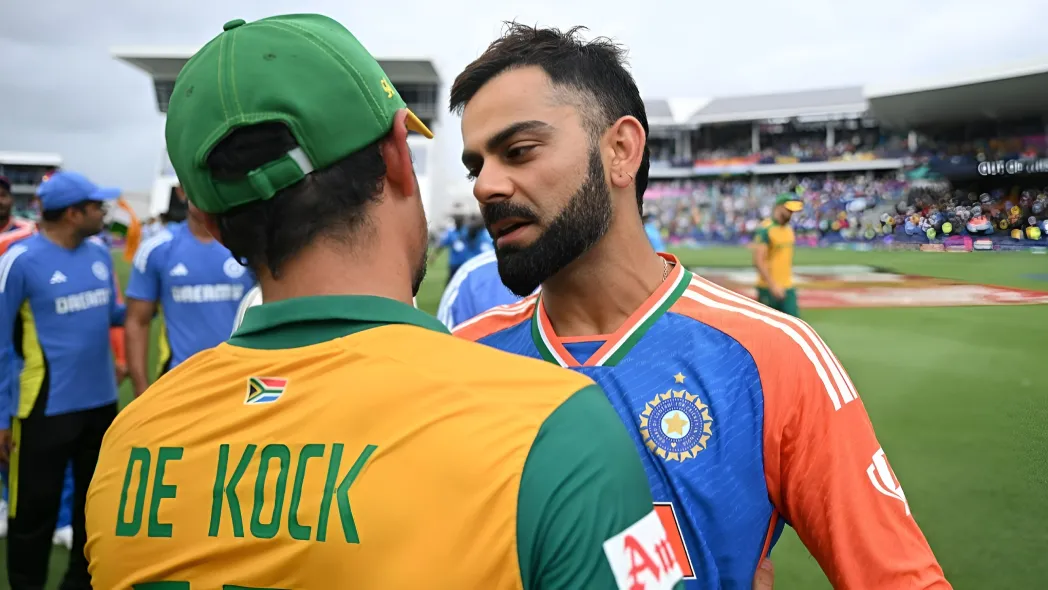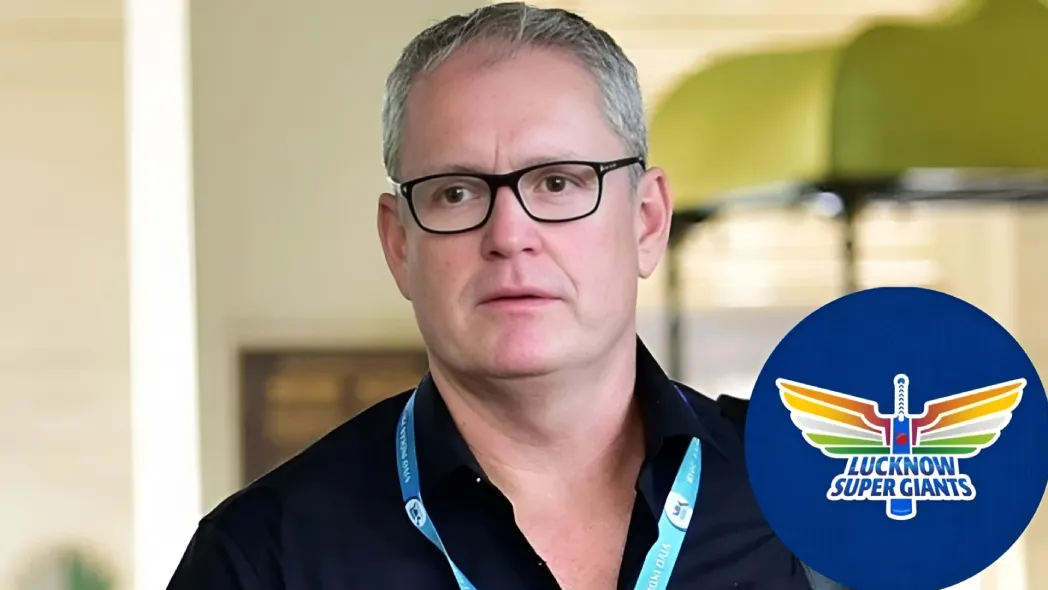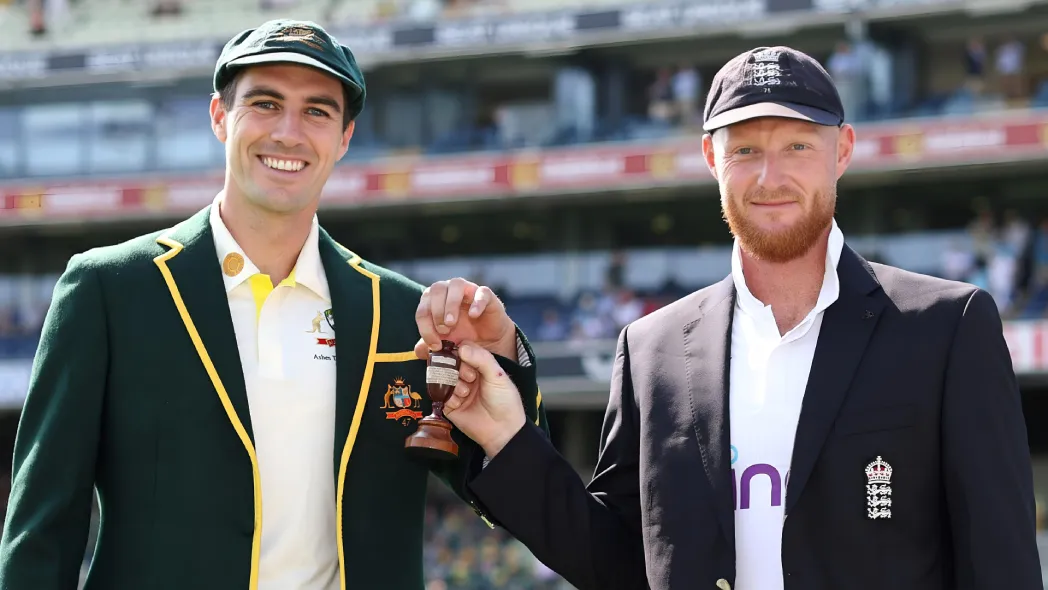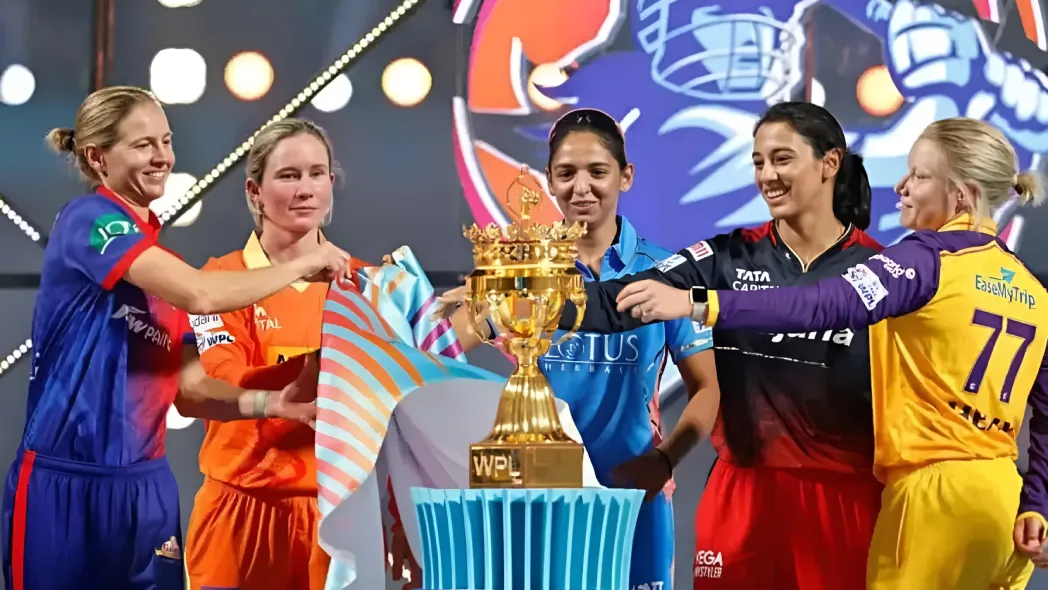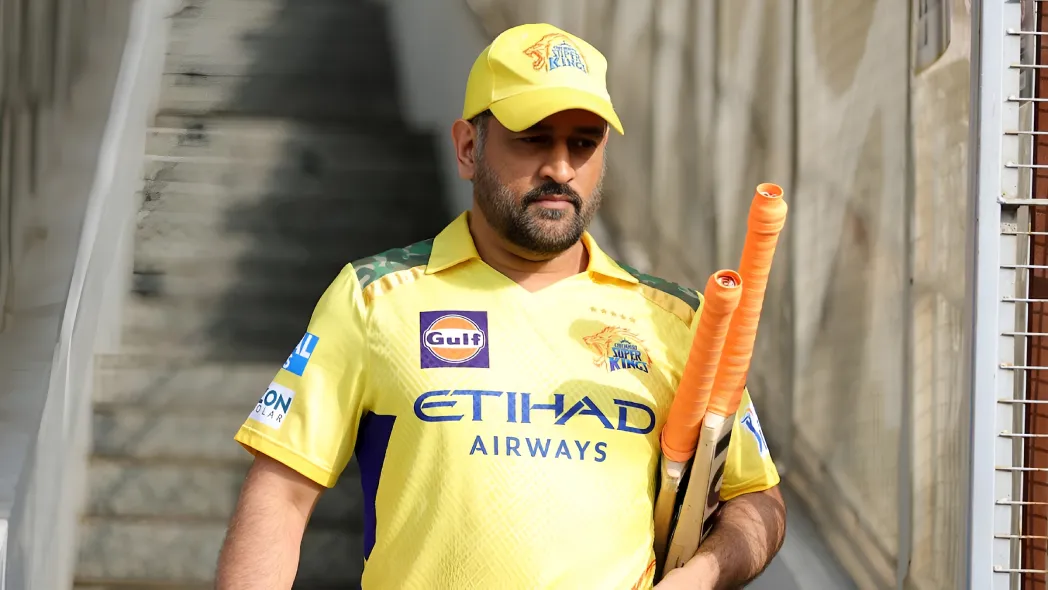A single twitch of Josh Hazlewood’s hamstring sent the world of cricket into a mini-panic; with the Australian squad dealing with Pat Cummins’ ongoing back issues and Nathan Lyon’s increasing workload, the loss of another quality fast bowler would be a major blow for Australia heading into their first Ashes test match in Perth. Although scans on Josh Hazlewood revealed no issues, unfortunately for Cricket Australia, Sean Abbott will miss time after sustaining a moderate-grade hamstring injury.
Fast-Bowling Workload: When State Meets Test
Hazlewood and Abbott each took a lot of physical punishment from their bowling loads at the SCG. Hazlewood delivered 18 overs in the first innings and nine in the second; Abbott delivered 19 and nine respectively. The NSW batting effort in the second innings totalled 49.5 overs on day two.
The amount of rest for the bowlers between the two innings was negligible. There are many examples throughout cricket history where fast-bowling injuries were caused by just the same type of excessive workload before major tours that these players will be embarking upon. A couple of examples include Mitchell Johnson (injuries sustained during 2013) or Dale Steyn (during the 2012-13 series against South Africa). The combination of playing for the country and bowling long hours does not mix well.
The Domino Effect: Abbott’s Injury and the Backup Dilemma
Sean Abbott’s moderate hamstring strain is an example of one injury that will expose how vulnerable the back-up options are to the injuries of Australia’s top players. Before his hamstring strain, Sean Abbott was absolutely destroying the middle order in Victoria, placing him in very good standing to get selected for a Test match. The loss of Abbott leaves selectors with no clear-cut option for a replacement in the team, except for Michael Neser. However, after Neser, there appears to be little depth in the Australian side, as the only other player who could fit into this position (Brendan Doggett) is yet to play a Test match.
Like the English players of 2005, who were forced to make up for their lack of pace bowler depth with an overburdened workload (Simon Jones was one example) when the Australian batsmen made runs so quickly, now the Australians are faced with a “what if” situation in terms of what they would have achieved without the loss of Josh Abbott. The job of management is now to find a way to keep the stars bowling fit and to have the backup bowlers ready to take on the pressure when called upon.
Hazlewood’s Form: Confidence Meets Caution
The return of Hazlewood to the team will provide some much-needed respite for both physical and mental reasons. Hazlewood was able to demonstrate his ability to bowl successfully in all forms (swing, seam, and death overs) under pressure while playing white ball for Australia against India. This demonstrates how times have changed for fast bowlers in terms of their role within a team; fast bowlers used to be aggressive on the field, however, the current Australian culture views fast bowling as purely a matter of preserving resources.
The current Ashes preparation has been very similar to that of previous Ashes series, where bowlers such as Glenn McGrath and Brett Lee were frequently carrying minor injuries into their test match bowling, which had disastrous results at times. A fit Hazlewood provides a calm influence on what is likely to be an aggressive bowling lineup, particularly with the likes of Starc & Boland having heavy workloads themselves, ensuring Perth will have an attack capable of both pace & accuracy.
Cummins’ Gradual Return: Building Towards Brisbane
Meanwhile, Pat Cummins is working towards an early return from his injury. He has been operating at 90% in the nets, and plans on being available to play when Australia hosts England at the Gabba after being unavailable in Perth, which will be a match fitness test instead of a full effort. This will be a calculated risk, where he can work up to full match readiness in Perth, but then can give it his all in Brisbane.
Historically, Australia’s methodical and meticulous approach to managing injuries for their players (most notably through the work of Shane Warne during the peak of his career) may mirror this approach for their injured fast-bowling trio. Therefore, while the first Test may be about the Australians managing their own workload and injuries, it will also be about them dominating England.
Disclaimer: This blog post reflects the author’s personal insights and analysis. Readers are encouraged to consider the perspectives shared and draw their own conclusions.
Step into the world of cricket with JeetBuzz News—where expert opinions, trending Blogs, and behind-the-scenes insights meet all your favorite topics. Stay informed, stay entertained, and never miss the stories shaping the cricketing world—only on JeetBuzz News!























